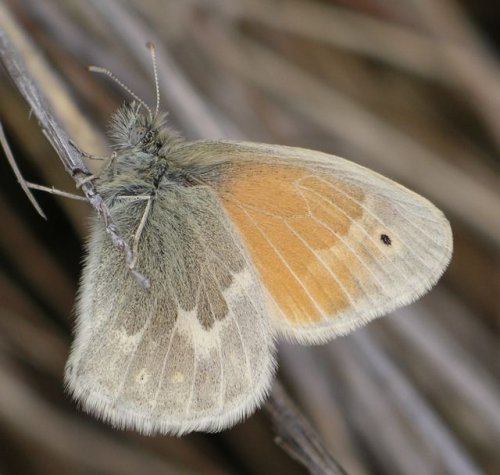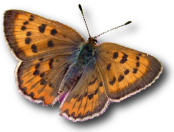
Locally abundant in grassland on the Sierran East slope only--Carson Valley, Sierra Valley, Honey Lake area, etc. The late 19th-Century collector C. F. MacGlashan did not record it around Truckee, but in the 1970s-80s it was abundant along Cold Stream and on benches along the Truckee River. It went extinct around Truckee in the late 1990s for no obvious reason. During the lifetime of this project it has briefly colonized Castle Valley (below Castle Peak) and gone extinct again; it strays erratically to Donner Pass but has not been known to breed there. This entity intergrades with the California Ringlet, C. t. california, around Portola and again further north in the Pit River drainage. For most of their ranges, the two are separated by the Cascade-Sierra crest. Despite their very different appearance, molecular evidence confirms that they belong to the same biological species.
Two broods, April-June and autumn, often flying until snow time. At Sierra Valley both generations are pretty dark and ochreous, but farther east and northeast in the Great Basin, summer individuals may be quite pale. The hosts are perennial grasses (and perhaps sedges), but have not been identified afield.
Adults visit Aster, Goldenrod, Rabbitbrush, Horse brush, Alfalfa and a variety of other flowers. They often fly along linear habitats such as roadsides and ditches. There is substantial color and pattern variation, individual, seasonal and geographic.
